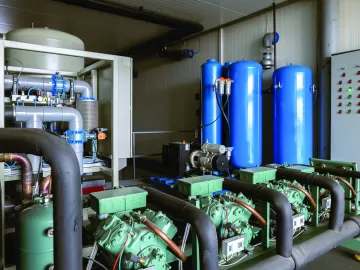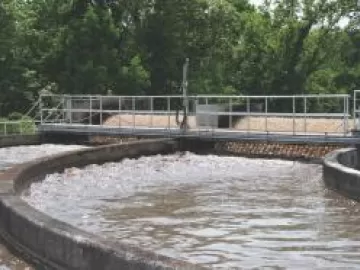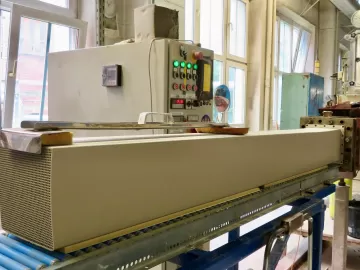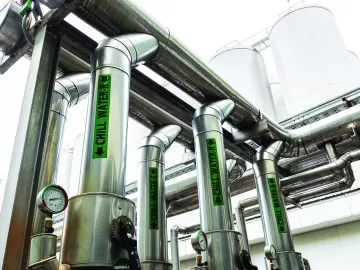From Pharma to Coffee: Pneumatic Conveying Design Basics
It’s one thing to move materials during the production process, but when it’s a finished product on the packaging line, choosing the right material handling system is essential. Getting it wrong results in squandered production time when product loss occurs, and wasted raw materials.












